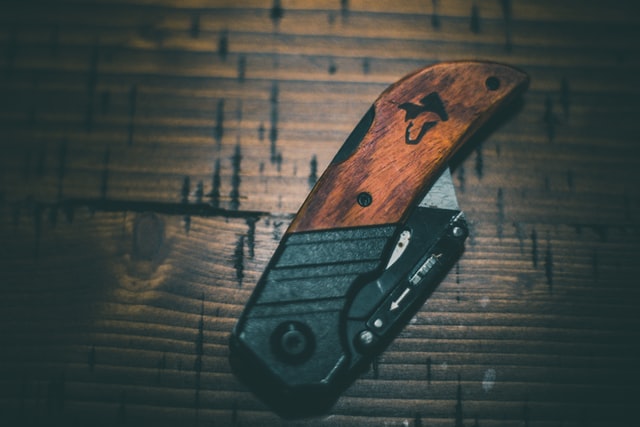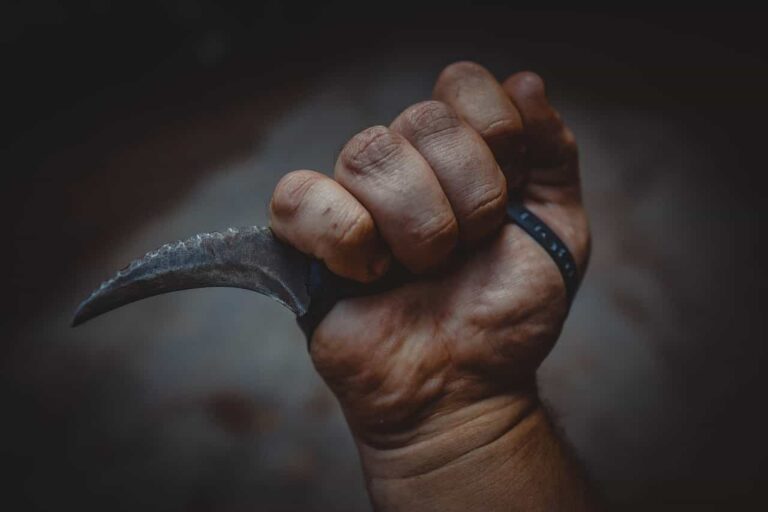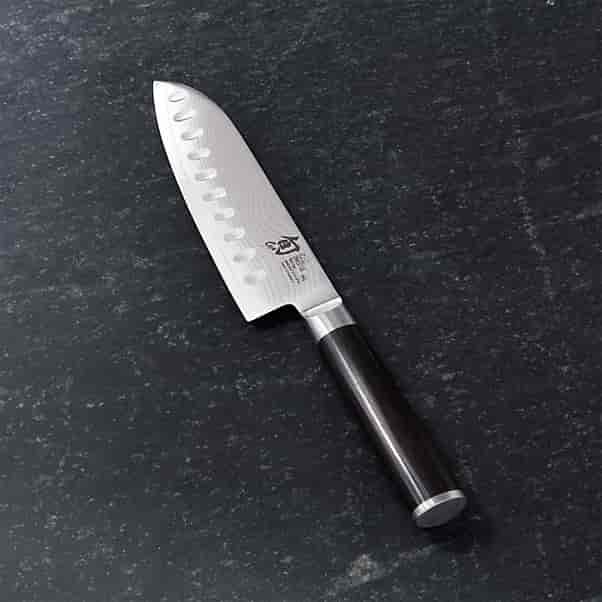In my guide to what knives every collector should have, Case knives are an obvious missing item there. I do that because I know every collector worth their salt knows what this manufacturer brings to the table.
Besides the fact that Case knives have been here for a long time now, the family brand also has a hand in another vintage knife – the Kinfolks knife.
That might start giving you an insight into why they cost as much as they do.
In this piece, let’s talk about everything that ensures Case knives can command the premium that they do in today’s market.
Table of Contents
Are Case Knives Worth the Money?
I will leave that question to you to answer by yourself at the end of this piece. Here are some pointers to get you closer to getting the right answer:
#1 Case knives are made in the USA
This seems like a good place to start before we get into any of the other juicy stuff.
Knives and other products made in the USA are subject to higher labor and production costs than if they were made overseas. This enables the manufacturers to access highly skilled labor which passes down a higher quality of craftsmanship and quality control into the products that they put out.
Since Case knives have a production facility in the USA too, they might also be subject to union laws which drive up the cost of production even further.
If only for the promise of getting a “Made in USA” knife that you are sure no corners were cut to maximize profits over usability, Case knives are well worth it.
#2 Case knives are some of the sharpest
Knives are supposed to be sharp so this sounds like a funny thing to mention. If you have collected or bought enough knives, you will know that most of them are not very sharp out of the box.
When next you get a knife, here are some easy sharpness tests that you can conduct anywhere.
With Case knives, it is not all an initial ruse either. I have come across knives that were plenty sharp when I first got them then started to lose their edge fast. Of course, that was my fault for not choosing quality blades back then but it does happen.
Most users will tell you that they have been using their Case knives for years and never had to sharpen them. Touch those knives and you might end up getting nicked, or worse.
#3 There’s a high-quality control level
Even if you won’t be buying a Case knife now, or ever, you cannot take anything away from the quality control that this company brings to the industry.

The fit and finish on Case knives are impeccable, displaying high attention to detail from the bolster pins to handle and blade itself. These materials are not only sourced and manufactured in the USA but also assembled there.
It is also evident that the average Case knife goes through several steps to determine and confirm the quality before it gets put out there.
Out of the box, you notice:
- Premium fitting and finishing;
- The right level of polishing;
- No gaps in the handles and scales;
- Well-fitting springs; among others.
I don’t know about you but I’d be willing to pay more for a knife that is well made and works well out of the box, further promising to last long.
#4 Case knives have a rich history
If you look at all the knives that I have talked about in the knife dating category, you would observe a trend:
These knives come at a high price if you were ever trying to buy them.
Look through the individual stories of knives on that page and you can see why. With a rich history of quality craftsmanship, and with some of them having seen wars and other interesting eras, they cannot be sold the same as everyday knives.
You might think the mass-produced Case knives today are expensive, but wait till you see what the older Case XX knives are going for. The interesting part is that these knives keep going up in value, showing you how much quality and richness of history is behind them.
#5 Premium materials go into Case knives
One of the things I mentioned in the general guide to why some knives might be expensive is that you should consider the scarcity of materials too.
I think I used an example with a sabretooth and oak tree used for a knife handle. The latter will always be cheaper than the former since it is not as scarce.
In the case of Case knives, before they started relying heavily on man-made materials, we had handles made of stag, pearl, greenbone, redbone, and other exquisite materials. The high carbon stainless steel is also a premium choice and they know how to work it like magicians.
You cannot expect a brand to treat its knife that fine, ensuring that the same knife lasts a long time in your hand, and doesn’t accompany it with relevant prices.
#6 Case knives have become a collector’s item
I have to admit that not all collectors do so simply for financial gain. Some of them just want the appeal that comes with owning knives that will be worth something in the future or is worth a lot now.
Not all knives become a collector’s item, no matter how good they are. Some will just stay an EDC and there’s nothing anyone can do about it.
If you look at this list of knives every collector should have, you would notice some names there that ring in collector circles, no matter what their personal preferences may be.
Case is one of those names. If the knives were not that good, I am sure they would not have made it to such a level with knife collectors.
#7 Demand and supply of the older models
One of the most expensive Case knives to date is the Kodiak hunting knife model – from the 1960s to 1980s era.
It was business as usual for Case who was making those knives with stag handles. At the turn of the decade in 1970, an embargo was placed on stag which made it difficult for manufacturers to get this material.
That naturally led collectors to drive up the demand for stag-handled Case knives from that era as they were a dying breed. It also meant that Case didn’t produce any of such knives again, so it became an involuntary limited collection.
Put all those factors together and you can see why this particular model costs more than even some that came before it.
Convinced About Case Knives Yet?
I honestly don’t see how a knife can be made under the following conditions stated above and not sell for a premium. After learning all that makes these knives costlier than other models, I think you will even agree that they still sell their knives at a steal.
As promised, though, I won’t be the one to make the final choice for you.
So, if you were hard-pressed to answer now, would you consider Case knives still expensive?







